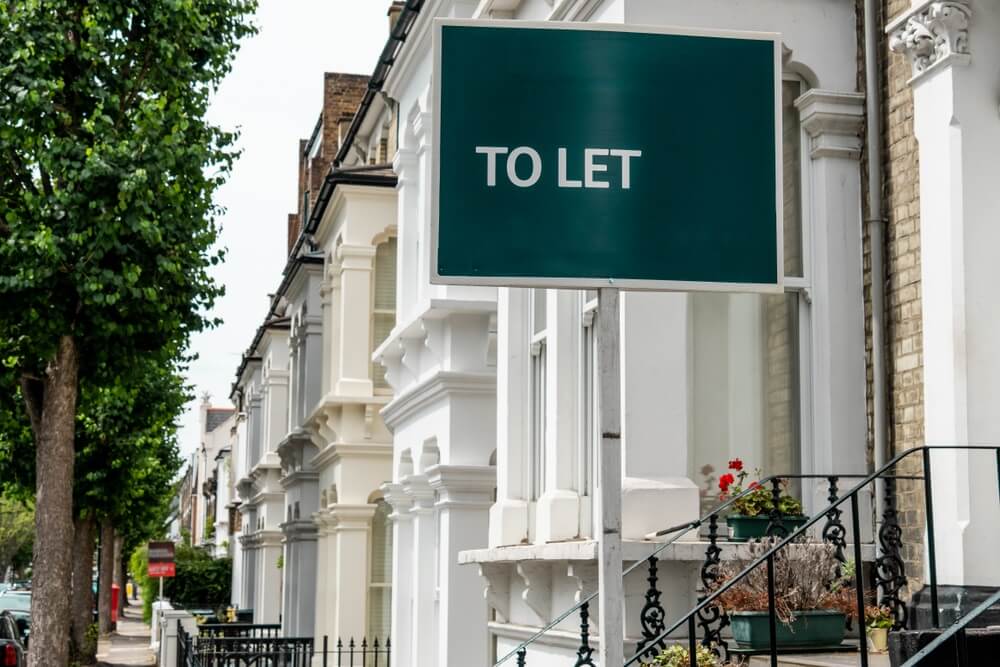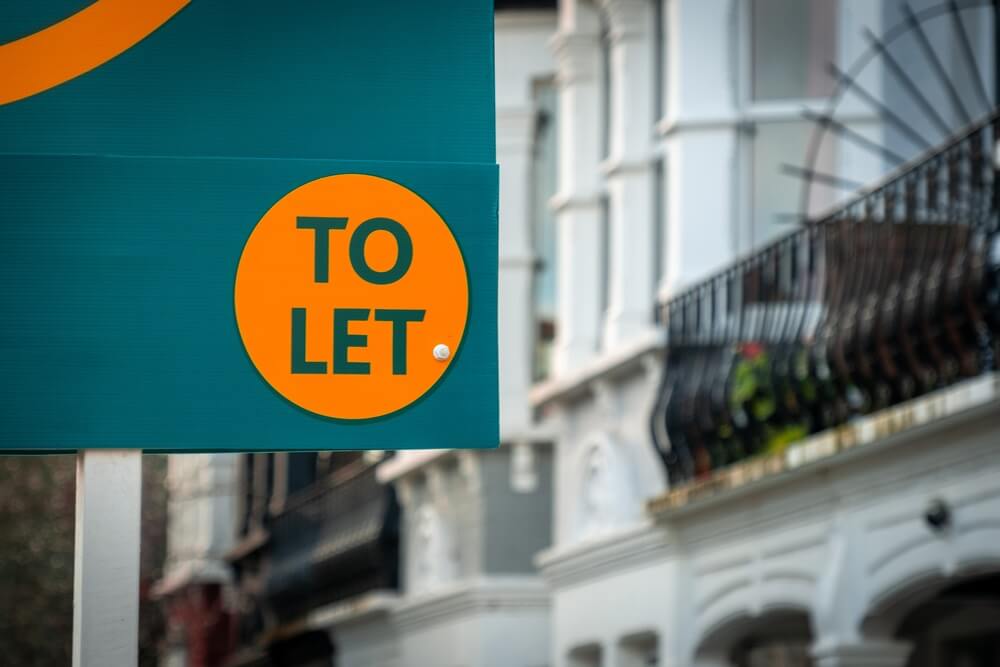Council of Mortgage Lenders (CML) figures show that the number of new buy-to-let mortgages increased consistently over the six years to mid-2004, following which there was a sudden drop of 18 per cent in the last six months of the year.
Keith Astill, UCB Home Loans managing director, said: That situation has now dramatically turned about after a year when it looked as though interest in the market had peaked, we are now in the middle of a year of rapid expansion.
Mid-2004 to mid 2005 was the first year in which buy-to-let purchases ever decreased, but there was a sudden leap of 40 per cent in the number of new buy-to-let mortgages in the second half of last year.
Whilst returns can vary significantly, a rental yield of five per cent is a reasonable expectation, according to UCB Home Loans.
The lender says that rents have been gradually increasing in a number of areas, whilst the Association of Residential Lettings Agents (ARLA) says that 48 per cent of its members believe there are now more tenants than properties available.
The demand from tenants has been spurred by the number of would-be first-time buyers who are renting rather than purchasing.
In some areas, the sector has also been boosted by incoming workers from other EU countries who are staying in rented accommodation.
Astill said: However, whilst increasing house prices have resulted in many people staying longer in rented accommodation, this has not increased the average age of first-time buyers.
Contrary to popular opinion, the average age of first-time buyers is actually quite stable; according to CML figures it was 28 in 1990, rising to 30 in 2000 and falling to 29 at present.
This is partly accounted for by gradual changes in the age-structure of the population, as well as the fact that those who are purchasing now are often doing so together in twos or threes, or with significant financial help from their family something that was not so common fifteen years ago.


 Buy-to-let
Buy-to-let



















